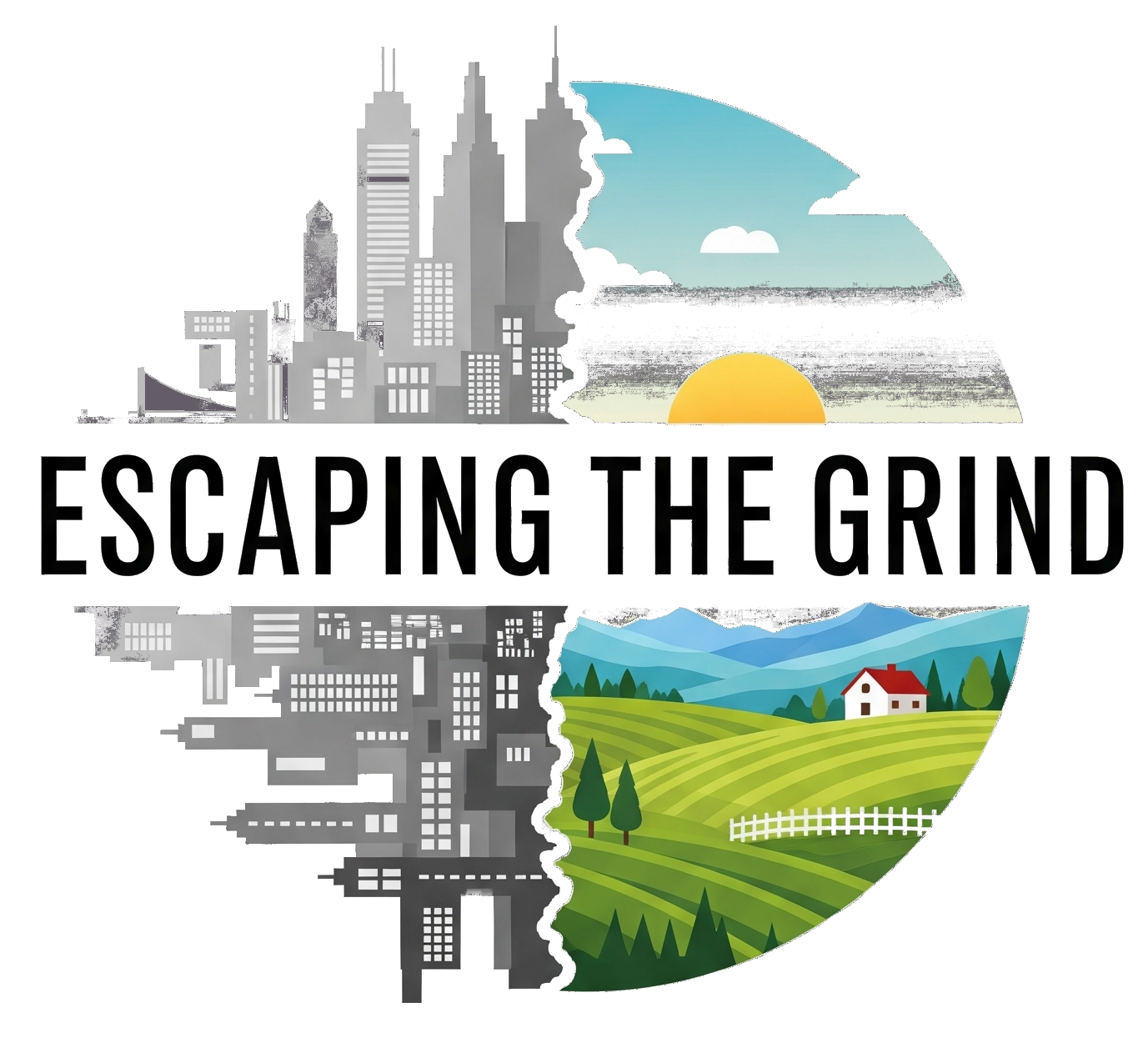Beyond the Dream

In our previous post, we explored the liberating idea of trading the full-time hustle for a life rich in time, health, and personal fulfillment. The dream of more time for passion, rest, and loved ones is incredibly compelling. But how do you make that dream a sustainable reality without inadvertently trading one stressor (the daily grind) for another (financial anxiety)?
The answer lies in meticulous planning. Transitioning away from full-time work, whether to part-time, project-based, or seasonal employment, requires a solid financial and lifestyle blueprint. This isn’t about becoming a minimalist overnight (unless you want to!), but about intelligent, proactive steps to ensure your basic needs are met and your newfound freedom isn’t overshadowed by debt or struggle.
Step 1: The Brutal Honesty of Your Current Spending (The Budget Audit)
Before you can determine how much less you need to earn, you need to know exactly how much you currently spend. This is the foundational step.
Track Everything, Religiously: For at least 2-3 months, meticulously track every single penny spent. Use budgeting apps, spreadsheets, or even a pen and paper. Don’t miss a single penny!
Categorize every expense: housing, food, transport, utilities, subscriptions, entertainment, dining out, clothes, hobbies, gifts, etc.
Identify Wants vs. Needs: Once you have your spending data, go through it line by line. Be honest with yourself:
- Needs: What are the non-negotiable expenses that keep a roof over your head, food on your table, and ensure your well-being (e.g., mortgage/rent, utilities, essential groceries, basic health insurance, public transport/fuel for essential travel)?
- Wants: What are the expenses that enhance your life but aren’t strictly necessary (e.g., premium streaming services, daily coffees, frequent restaurant meals, designer clothes, impulse purchases, high-end vacations)?
Calculate Your “Bare Minimum” by adding up only your “Needs.” This figure is crucial. It represents the absolute minimum income you require to avoid debt and maintain your current living standard (minus the luxuries).
Step 2: The Art of Pruning (Reducing Expenses)
Once you’ve identified your “Needs” and “Wants,” it’s time to make some decisions. This is about looking at your wants and making choices that align with your new priorities. It’s not about deprivation, it’s about looking at all of the things in your list and saying I’m willing to work more to pay for x, y, and z, but I’m willing to go without a, b, and c.
You don’t want to cut out every want from your list; that would make life very difficult but you do want to reduce them. Consider the following:
- Cancel Unused Subscriptions: Do you have multiple subscriptions for streaming services? Review all monthly subscriptions – streaming, apps, gym memberships you don’t use.
- Cook More, Eat Out Less: Dining out is a major expense for many. Planning meals and cooking at home can significantly cut food costs and as a bonus, it’s usually much better for you and the environment!
- Re-evaluate Transportation: Could you use public transport more, cycle, or carpool? Do you need that second car? Don’t assume one mode of transport is cheaper, sit and work out the real costs! Remember a car has costs other than the fuel you put in the tank!
- Downsize (If Applicable): Is your home larger than you truly need? Could moving to a smaller space or a more affordable area free up significant funds to pay off debts or give you a buffer for emergencies whilst also cutting bills?
- Be Mindful of “Lifestyle Creep”: As incomes rise, so too do expenses. Actively resist the urge to upgrade everything simply because you can. Remember, you’re trading future income for current freedom.
Step 3: Building Your Financial Safety Net (The Emergency Fund & Debt Strategy)
Before you even think about handing in your notice, you need a financial cushion.
- Eliminate High-Interest Debt: Prioritize paying off credit card debt, personal loans, and any other high-interest debt. These debts are corrosive and will quickly eat away at your reduced income. If you can you want to be completely debt free as debt equals stress!
- Build an Emergency Fund: This is non-negotiable. Aim for at least 6-12 months of your reduced “Bare Minimum” living expenses saved in an easily accessible (but separate) savings account. This fund acts as a buffer against unexpected costs (medical emergencies, car repairs, house issues) or periods of lower income.
Step 4: Income Strategy (How You’ll Earn “Enough”)
With a clear picture of your needs and a safety net in place, it’s time to strategize how you’ll generate your income.
Identify Your Skills & Interests:
- What skills do you have that are in demand?
- What work truly interests you?
- Could you consult, freelance, offer services, or turn a hobby into a side hustle?
Explore Flexible Work Options:
- Part-time roles: Look for established part-time positions in your field or a new one.
- Contract/Freelance: Build a portfolio and network to secure project-based work.
- Seasonal work: If your interests align (e.g., tourism, agriculture), consider seasonal employment.
- Hybrid models: A few days in the office, a few days remote, or flexible hours.
“Test Drive” Your Plan: Before making the full leap, consider gradually reducing your hours or taking on some side work while still in your full-time role.
This allows you to test your income strategy, gauge your workload, and build your emergency fund simultaneously.
Step 5: The Often-Overlooked Factors
Don’t forget these crucial elements:
- Healthcare/Insurance: If your full-time job provides health insurance, research your options for coverage once you leave. Even in the UK this can be considered a critical expense to top-up to ever decreasing NHS services. Don’t forget visits to the dentist too!
- Pensions/Retirement Savings: Be mindful of the impact on your pension contributions. If you reduce work, you might need to adjust your personal contributions or explore alternative long-term savings strategies.
- Skill Maintenance/Development: Even with reduced work, keep your skills sharp. Invest in learning and development to remain marketable and/or add to the ways you can make money on your terms.
- Social & Emotional Support: Talk to your partner, family, and trusted friends about your plan. Their understanding and support will be invaluable. Be prepared for questions or even skepticism from those who don’t understand your vision.
Embracing Intentional Living
Transitioning away from the traditional full-time model isn’t a whimsical escape; it’s a strategic move towards a more intentional, fulfilling life. It requires diligence, discipline, and a willingness to challenge societal norms.
By undertaking this thorough planning process, you’re not just dreaming about more free time; you’re building a robust financial foundation that will empower you to live a life truly aligned with your deepest values, free from the crushing weight of financial struggle and the endless pursuit of “more.” The greatest investment you can make is in yourself and your well-being. Start planning that investment today.
